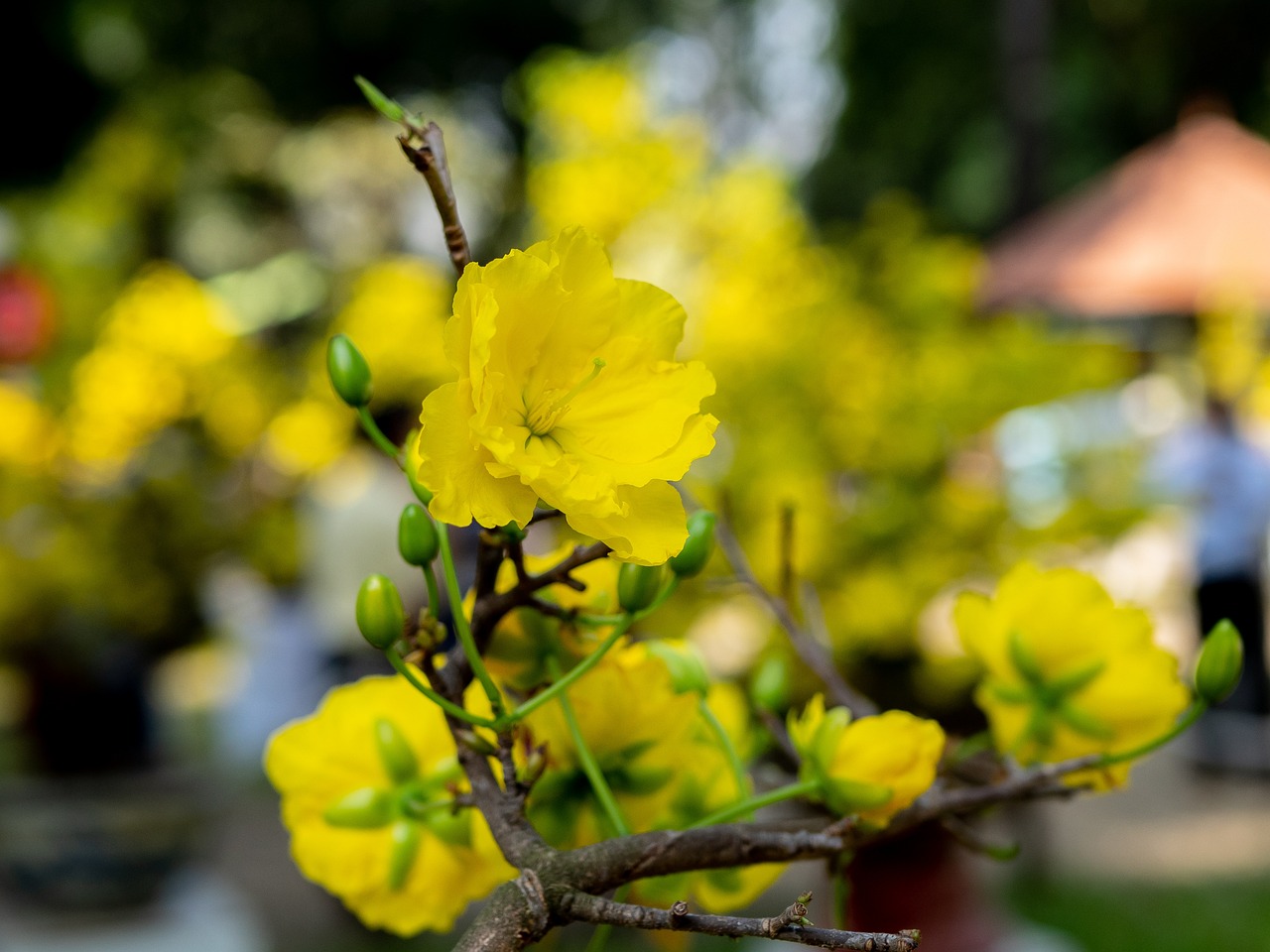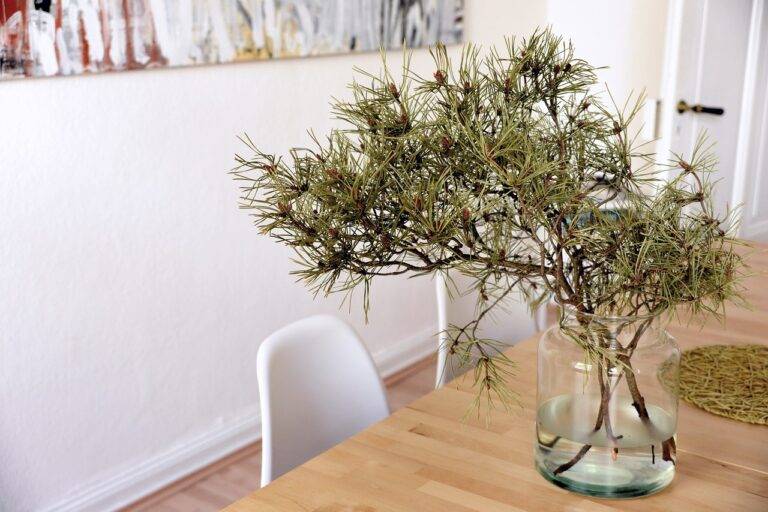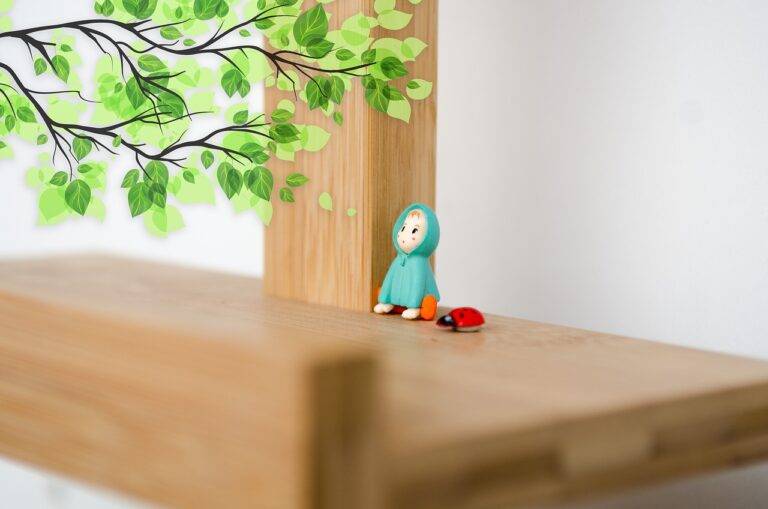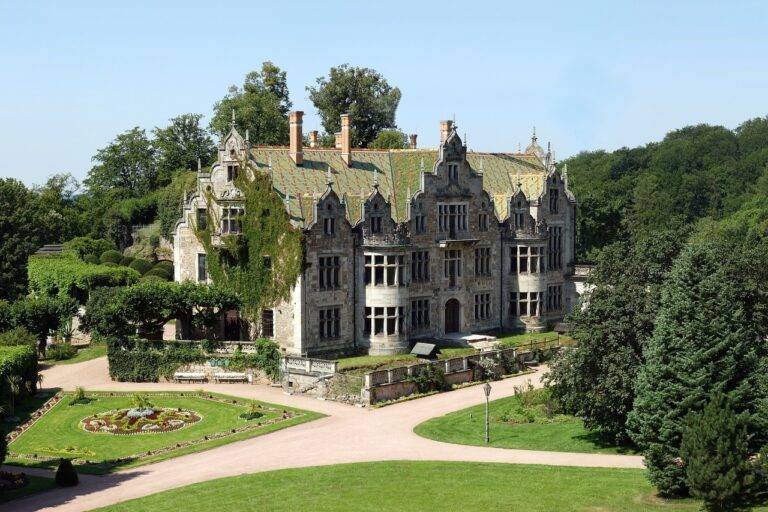How to Create a Sustainable and Eco-Friendly Backyard
Creating a sustainable backyard offers numerous advantages beyond just the aesthetic appeal. By incorporating eco-friendly practices such as collecting rainwater and composting organic waste, you can actively contribute to environmental conservation. Reducing water consumption and minimizing waste generation are essential steps towards a more sustainable lifestyle.
Moreover, a sustainable backyard can attract beneficial wildlife like bees, birds, and butterflies, enhancing the biodiversity of your outdoor space. By using native plants in your landscaping, you can provide a habitat for local wildlife while also reducing the need for excessive watering and chemical inputs. Ultimately, prioritizing sustainability in your backyard can lead to a healthier ecosystem and a greener future for all.
Selecting Native Plants for Your Backyard
When selecting plants for your backyard, it is important to consider native species that are well-suited to your local climate and soil conditions. Native plants have adapted to the specific environment in which they grow, making them more resilient and low-maintenance compared to non-native species. By incorporating native plants into your backyard, you can create a habitat that supports local wildlife such as birds, bees, and butterflies.
Additionally, native plants typically require less water and fertilizer, making them a more sustainable choice for your backyard garden. By choosing plants that are already adapted to your region, you can reduce the need for excessive watering and chemical inputs. This not only benefits the environment but also saves you time and money in the long run.
What are the benefits of creating a sustainable backyard?
Creating a sustainable backyard with native plants can help conserve water, attract beneficial wildlife, reduce the need for pesticides, and support the local ecosystem.
How do I select native plants for my backyard?
When selecting native plants for your backyard, consider factors such as the local climate, soil type, and sunlight levels. Choose plants that are native to your region and are well-suited to the conditions in your backyard.
Are native plants low maintenance?
Native plants are typically low maintenance because they are adapted to the local environment. Once established, they require less watering, fertilizing, and pest control compared to non-native plants.
How can native plants attract wildlife to my backyard?
Native plants provide food and shelter for a variety of wildlife, including birds, butterflies, and pollinators. By planting native species, you can create a habitat that supports biodiversity in your backyard.
Can I incorporate non-native plants into my backyard alongside native plants?
While native plants are ideal for creating a sustainable backyard, you can still incorporate non-native plants as long as they are well-behaved and do not pose a threat to the local ecosystem. Just be sure to choose non-invasive species that will not outcompete native plants.





